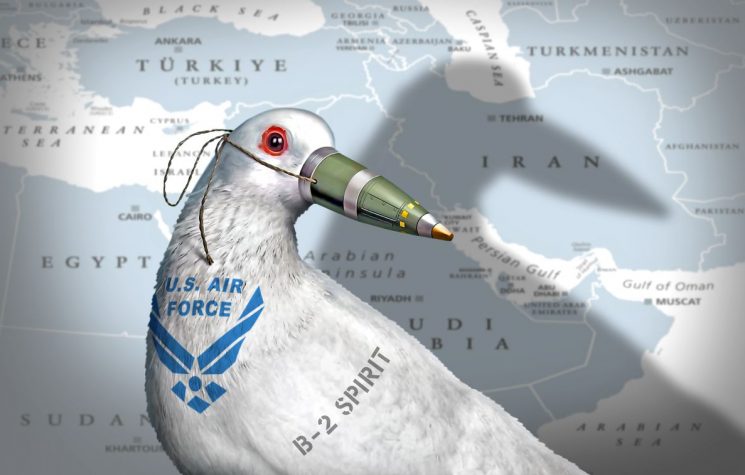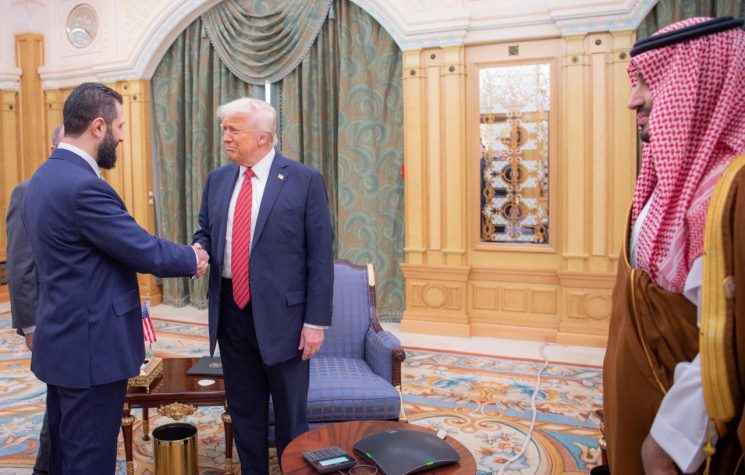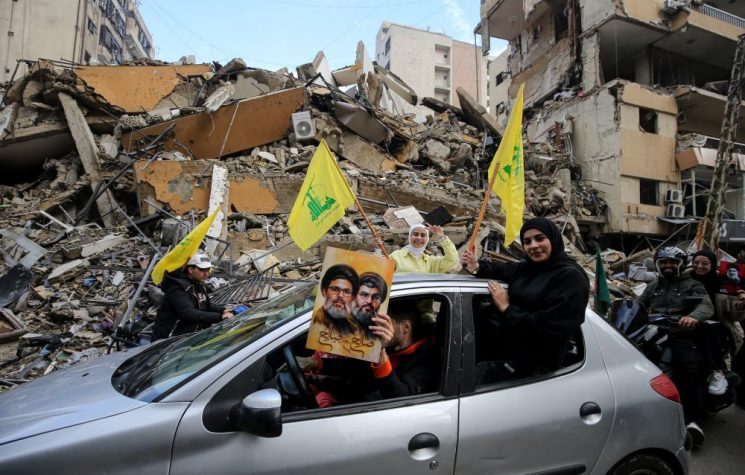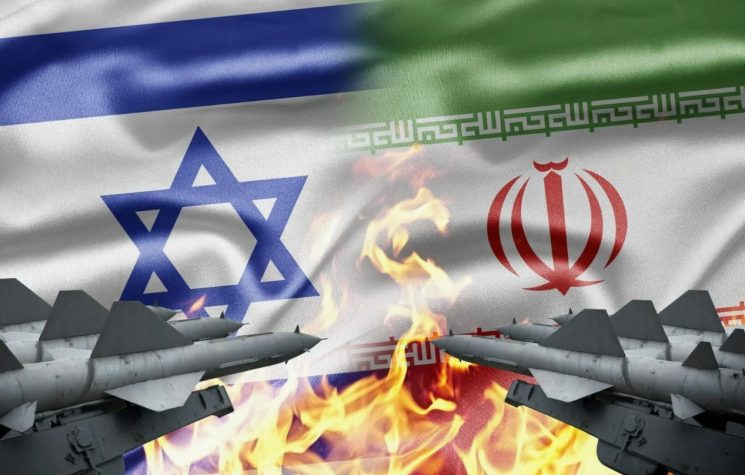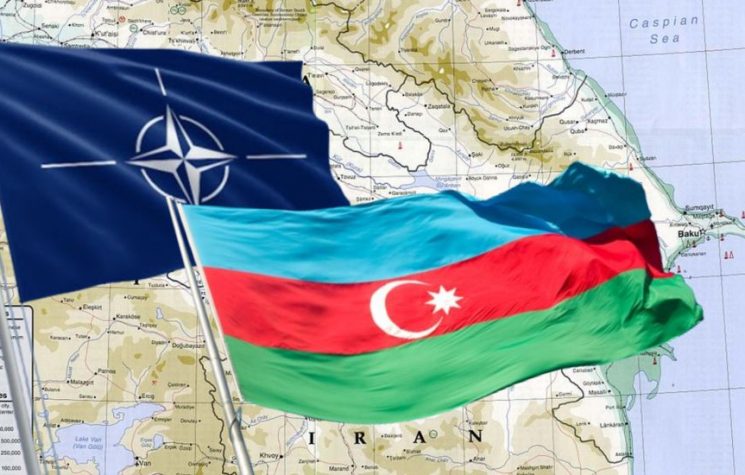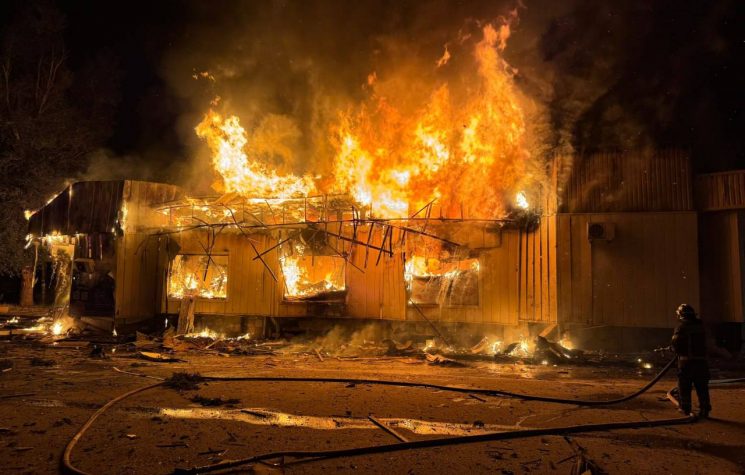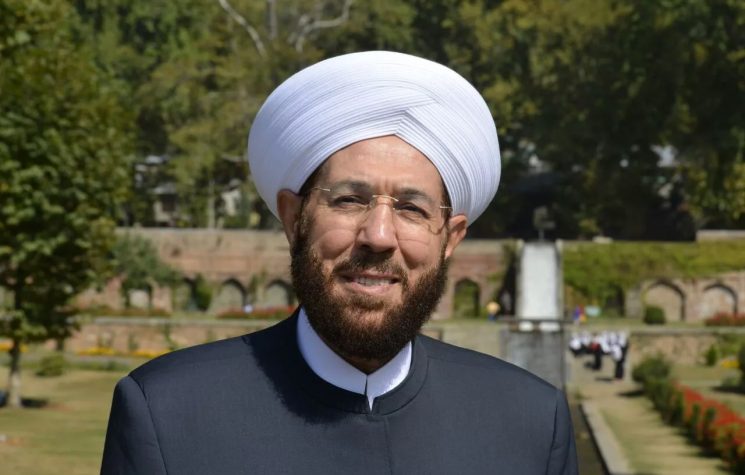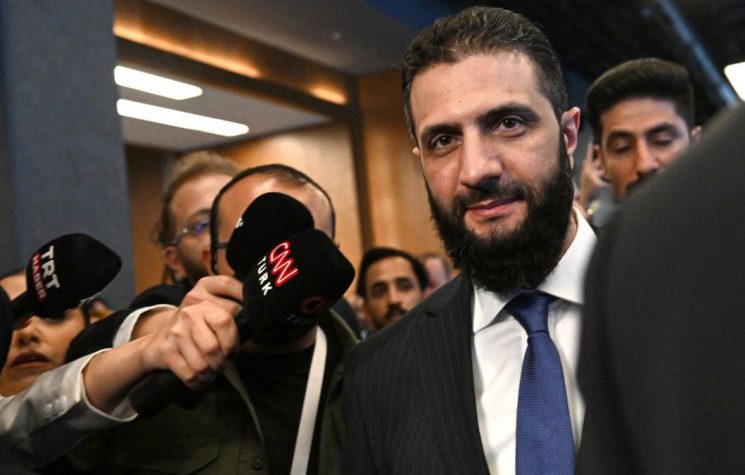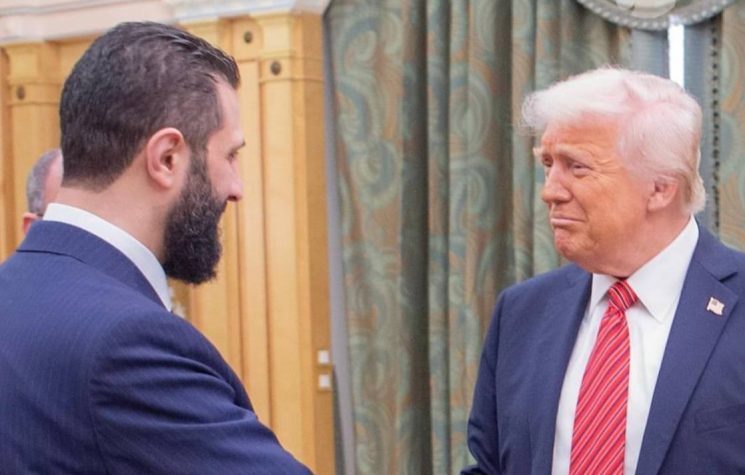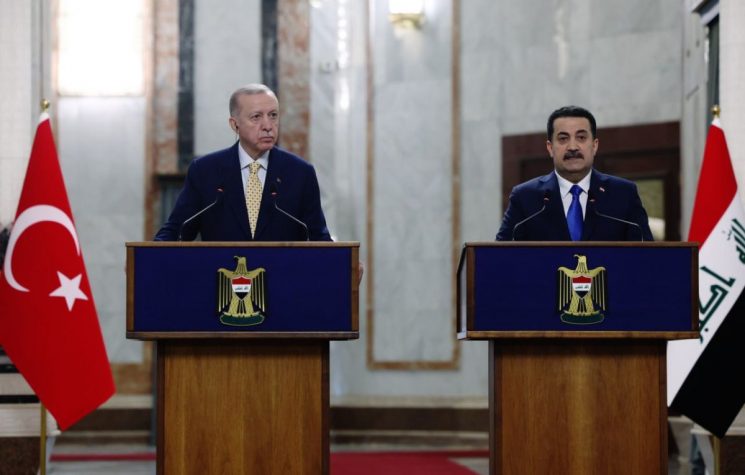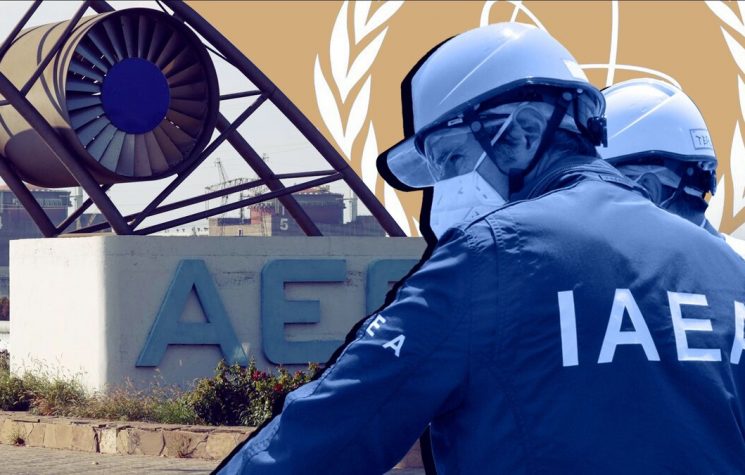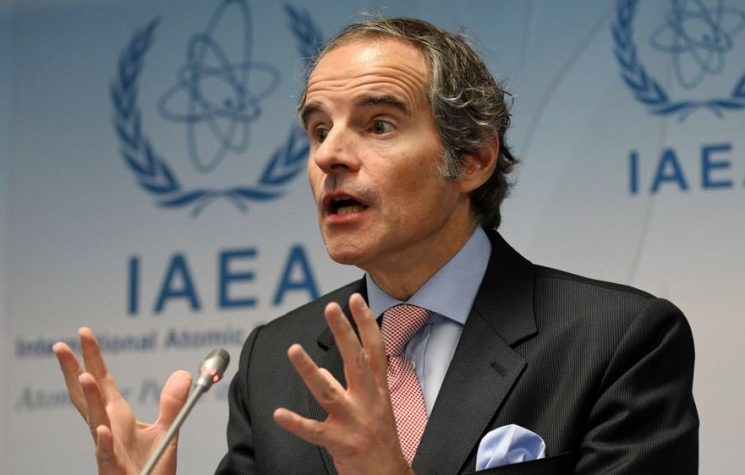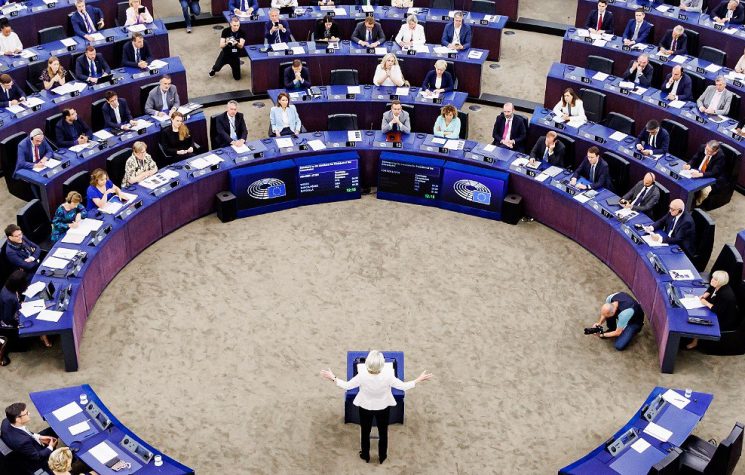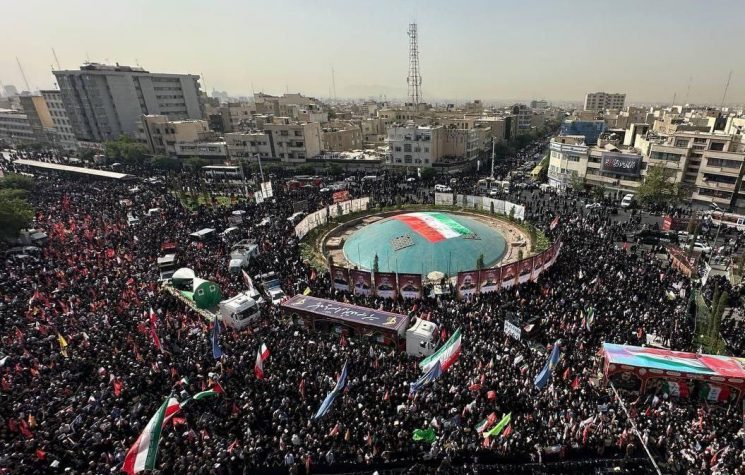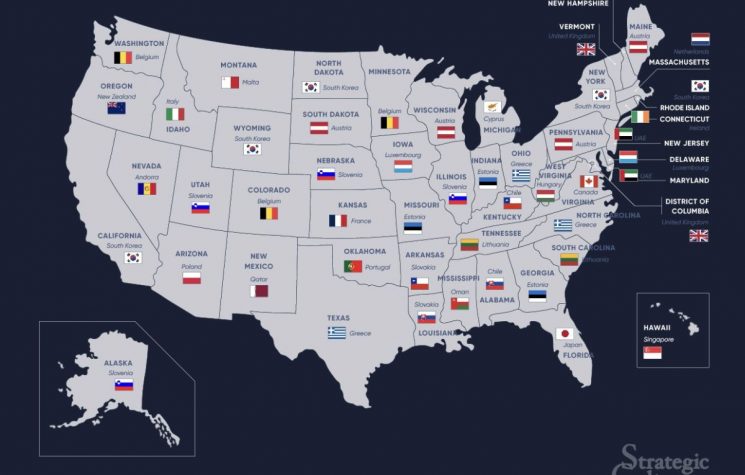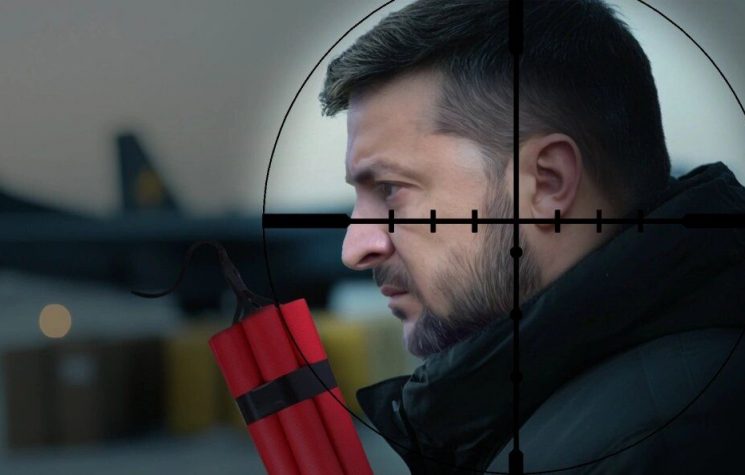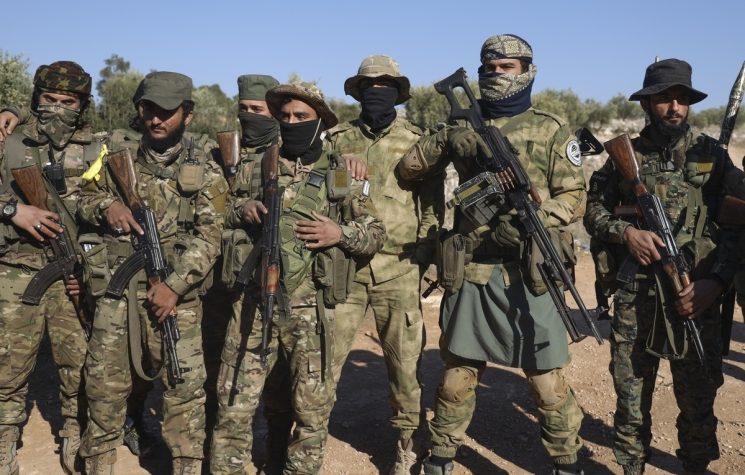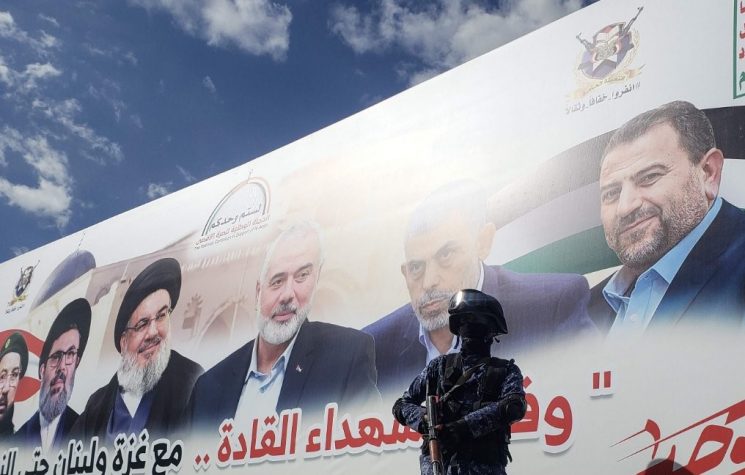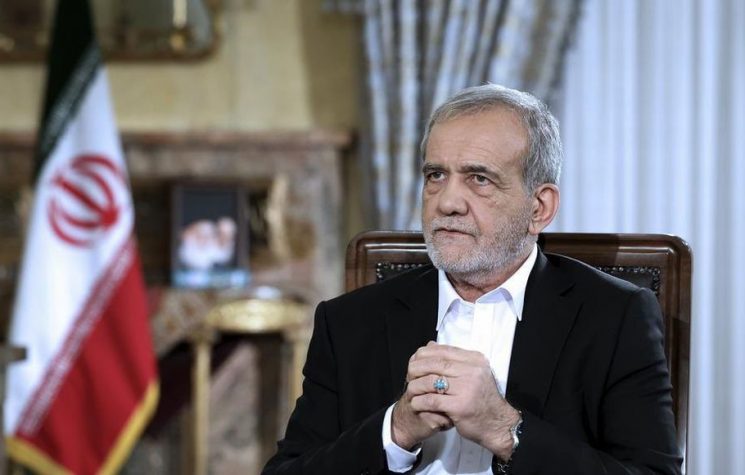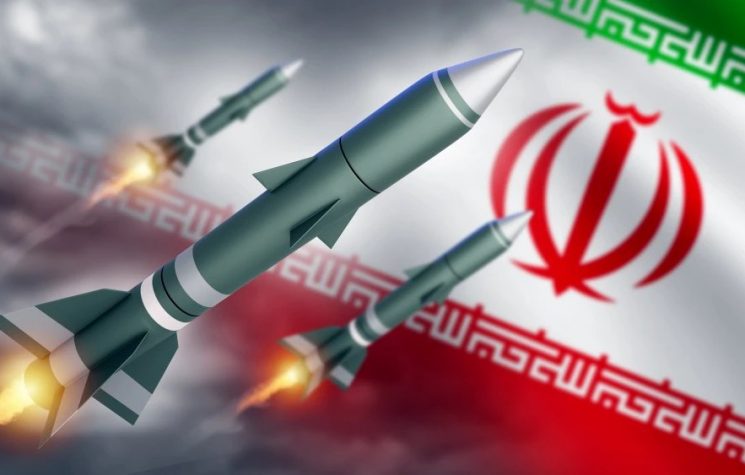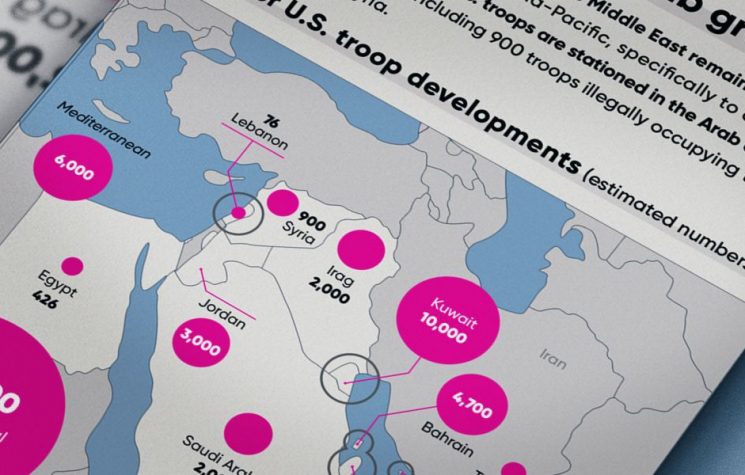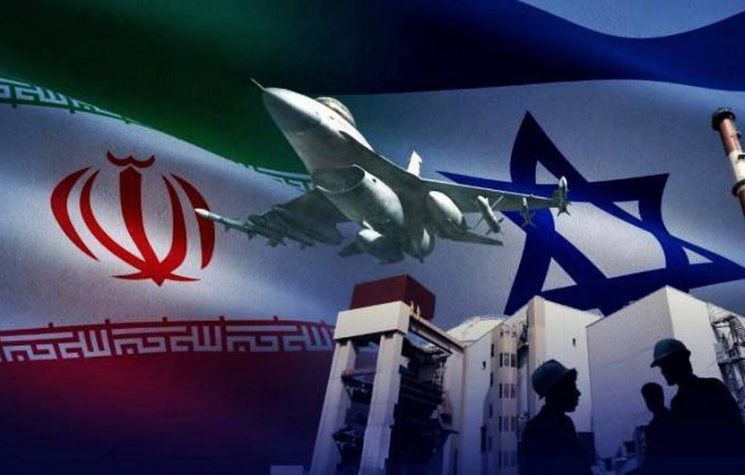The U.S. seemingly aims to find a way to hurt Iranian and Resistance forces just enough to show that Biden is ‘very angry’, Alastair Crooke writes.
❗️Join us on Telegram![]() , Twitter
, Twitter![]() , and VK
, and VK![]() .
.
Contact us: info@strategic-culture.su
“The Iranians have a strategy, and we don’t”, a former senior U.S. Defence Department official told Al-Monitor: “We’re getting bogged down in tactical weeds – of whom to target and how – and nobody’s thinking strategically”.
The former Indian diplomat MK Bhadrakumar has coined the term ‘swarming’ to describe this process of non-state actors miring the U.S. in the tactical attrition – from the Levant to the Persian Gulf.
‘Swarming’ has been associated more recently with a radical evolution in modern warfare (most evident in Ukraine), where the use of autonomous swarming drones, continuously communicating with each other via AI, select and direct the attack to targets identified by the swarm.
In the Ukraine, Russia has pursued a patient, calibrated attrition to drive hard-Right ultranationalists from the field of battle (in central and eastern Ukraine), together with their western NATO facilitators.
NATO attempts at deterrence towards Russia (that recently have veered off into ‘terrorist’ attacks inside Russia – i.e. on Belgorod) notably have failed to produce results. Rather, Biden’s close embrace of Kiev has left him exposed politically, as U.S. and European zeal for the project implodes. The war has bogged down the U.S., without any electorally acceptable exit – and all can see it. Moscow drew-in Biden to an elaborate attritional web. He should ‘get out’ quick – but the 2024 campaign binds him.
So, Iran has been setting a very similar strategy throughout the Gulf, maybe taking its cue from the Ukraine conflict.
Less than a day after the attack on Tower 22, the military base ambiguously perched on the membrane between Jordan and the illegal U.S. al-Tanaf base in Syria, Biden promised that the U.S. would provide a quick and determined response to the attacks against it in Iraq and Syria (by what he calls ‘Iran-linked’ militia).
Simultaneously however, White House National Security spokesman John Kirby stated that the U.S. doesn’t want to expand military operations opposite Iran. Just as in Ukraine, where the White House has been loath to provoke Moscow into all-out war versus NATO, so too in the region, Biden is (rightly) wary of out-right war with Iran.
Biden’s political considerations in this election-year will be uppermost. And that, at least partly, will depend on the fine calibration by the Pentagon of just how exposed to missile and drone attacks U.S. forces are in Iraq and Syria.
The bases there are ‘sitting ducks’; a fact would be an embarrassing admission. But a hurried evacuation (with overtones of the last flights from Kabul) would be worse; it could be electorally disastrous.
The U.S. seemingly aims to find a way to hurt Iranian and Resistance forces just enough to show that Biden is ‘very angry’, yet without perhaps doing real damage – i.e. it is a form of ‘militarised psychotherapy’, rather than hard politics.
Risks remain: bomb too much, and the wider regional war will ignite to a new level. Bomb too little, and the swarm just rolls on, ‘swarming’ the U.S. on multiple fronts until it finally caves – and finally exits the Levant.
Biden thus finds himself in an exhausting, ongoing secondary war with groups and militias rather than states (whom the Axis seeks to shield). In spite of its militia character, however the war has been causing major damage to the economies of states in the region. They have fathomed that American deterrence has not been showing results (i.e., with Ansarallah in the Red Sea).
Some of those countries – including Egypt, Saudi Arabia and the United Arab Emirates – have initiated ‘private’ steps that were not coordinated with the U.S. They are not only speaking with these militia and movements, but also directly with Iran.
The strategy to ‘swarm’ the U.S. on multiple fronts was plainly stated at the recent ‘Astana Format’ meeting between Russia, Iran, and Turkey on 24-25 January. The latter triumvirate are busy preparing the endgame in Syria (and ultimately, in the Region as a whole).
The joint statement after the Astana Format meeting in Kazakhstan, MK Bhadrakumar has noted:
“is a remarkable document predicated almost entirely on an end to the U.S. occupation of Syria. It indirectly urges Washington to give up its support of terrorist groups and their affiliates “operating under different names in various parts of Syria” as part of attempts to create new realities on the ground, including illegitimate self-rule initiatives under the pretext of ‘combating terrorism.’ It demands an end to the U.S.’ illegal seizure and transfer of oil resources “that should belong to Syria””.
The statement thus spells out the objectives starkly. In sum, patience has run out over the U.S. weaponising the Kurds and attempting to revitalise ISIS in order to disrupt the tripartite plans for a Syria settlement. The trio want the U.S. out.
It is with these objectives – insisting that Washington give up its support of terrorist groups and their affiliates as part of attempts to create new realities on the ground, including illegitimate self-rule initiatives under the pretext of ‘combating terrorism’ – that the ‘Astana’ Russian and Iranian strategy for Syria finds common ground with that of the Resistance’s strategy.
The latter may reflect an Iranian strategy overall – but the Astana Statement shows the underlying principles to be Russia’s too.
In his first substantive statement after 7 October, Seyed Nasrallah (speaking for the Axis of Resistance as a whole) indicated a strategic Resistance pivot: Whereas the conflict triggered by events in Gaza was centrally connected with Israel, Seyed Nasrallah additionally underlined that the backdrop to Israel’s disruptive behaviour lay with America’s ‘forever wars’ of divide-and-rule in support of Israel.
In short, he tied the causality of America’s many regional wars to the interests of Israel.
So, here, we come to the third strand to the ‘swarming of Biden’.
Only it is not regional actors that are contriving to box-in Biden – it is America’s own protégé: Prime Minister Netanyahu.
Netanyahu and Israel are the principal target of the bigger regional ‘swarm’, but Biden has allowed himself to be enmeshed by it. It seems that he cannot say ‘no’. So here Biden is: boxed-in by Russia in Ukraine; boxed-in in Syria and Iraq, and boxed-in by Netanyahu and an Israel that fears the walls closing-in on their Zionist project.
There is likely no electoral ‘sweet-spot’ to be found here for Biden, between inserting America into an unpopular and electorally disastrous, all-out Middle East war, and between ‘green-lighting’ Israel’s huge gamble on victory over war against Hizbullah.
The confluence between the failed Ukrainian ploy to weaken Russia, and the risky ploy for Israel’s war on Hizbullah, is unlikely to be lost on Americans.
Netanyahu too is between a rock and a hard place. He knows that ‘a victory’ that boils down to just the release of the hostages, and confidence-building measures to establish a Palestinian state, would not restore Israeli deterrence – inside or outside the state. On the contrary, it would erode it. It would be ‘a defeat’ – and without a clear victory in the south (over Hamas), a victory in the north would be demanded by many Israelis, including key members of his own cabinet.
Recall the mood within Israel: The latest Peace Index survey shows that 94% percent of Israeli Jews think Israel used the right amount of firepower in Gaza – or not enough (43%). And three-quarters of Israelis think the number of Palestinians harmed since October is justified.
If Netanyahu is boxed in, so is Biden.
On Tuesday, Netanyahu former said:
“We will not end this war with anything less than the achievement of all its objectives … We will not withdraw the IDF from the Gaza Strip and we won’t release thousands of terrorists. None of that is going to happen. What is going to happen? Total victory.”
“Is Netanyahu capable of veering strongly to the left… entering into an historic process that will end the war in Gaza and lead to a Palestinian state – coupled with an historic peace agreement with Saudi Arabia? Probably not. Netanyahu has kicked over many other similar buckets before they were filled”, opined veteran commentator, Ben Caspit, in Ma’ariv (in Hebrew).
Biden is making a huge bet. Best to wait on what Hamas and the Gaza Resistance answers to the hostage proposal. The omens, however, do not look positive for Biden —
Senior Hamas and Islamic Jihad officials responded yesterday to the latest proposal:
“The Paris proposal is no different from previous proposals submitted by Egypt … [The proposal] does not lead to a ceasefire. We want guarantees to end the genocidal war against our people. The resistance is not weak. No conditions will be imposed on it” (Ali Abu Shahin, member of Islamic Jihad’s political bureau).
“Our position is a ceasefire, the opening of the Rafah crossing, international and Arab guarantees for the restoration of the Gaza Strip, the withdrawal of the occupation forces from Gaza, finding a housing solution for the displaced and the release of prisoners according to the principle of all for all … I am confident that we are heading for victory. The patience of the American administration is running out because Netanyahu is not bringing achievements” (Senior Hamas official, Alli Baraka).










